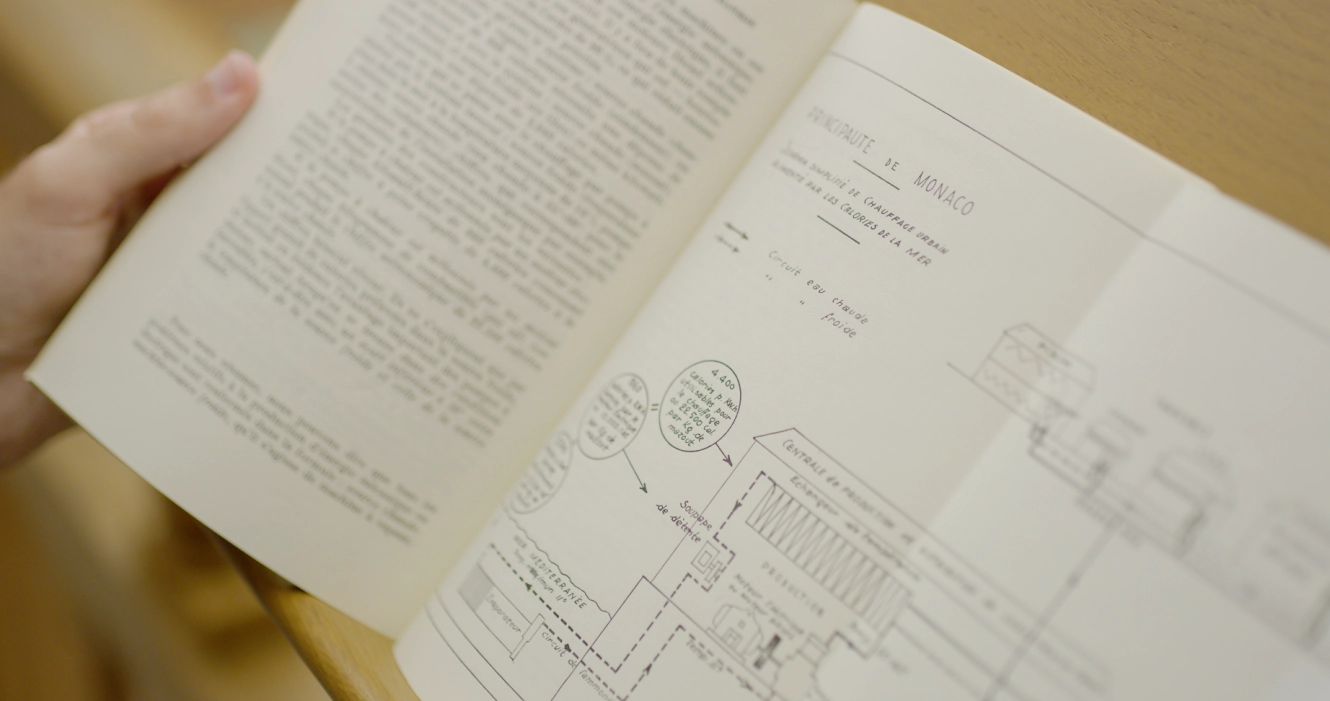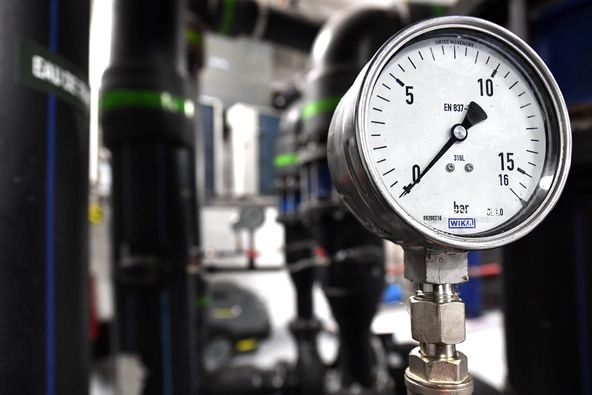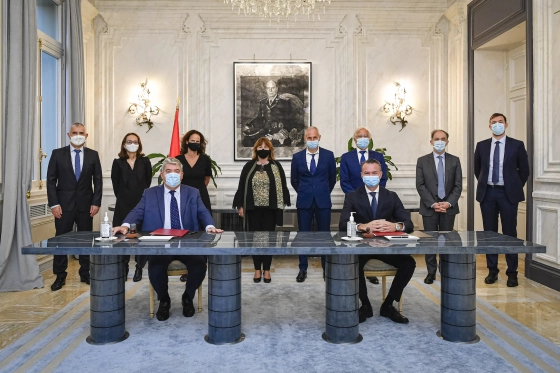
Ocean thermal energy: The Principality’s blue gold
The Principality’s new energy regulations, which entered into force on 1 January 2019, ban the use of fuel oil for heating and hot water from 1 January 2022.
To support the energy transition of buildings which still operate on fuel oil, the Prince’s Government has decided to install two ocean thermal energy loops in the districts of La Condamine and Larvotto. These loops will provide the buildings concerned with heat pumps* that will supply hot water, heat and air conditioning while consuming very little electricity.
What is Ocean thermal energy?
Heat pump technology captures the heat naturally present in the environment (particularly seawater), which it uses to heat or cool buildings and/or produce domestic hot water.
This high-potential renewable energy is used extensively in Monaco. While the air temperature varies greatly according to the season, the sea enjoys relatively stable temperatures at depth throughout the year.
Using heat pump technology, it is possible to draw heat or cold from seawater to heat or cool buildings or heat swimming pools. Buildings benefiting from this energy need to consume electricity to run the heat pumps, which give back 3 to 4 times more energy than they consume.
The beginning in Monaco
Monaco was one of the first countries to develop this type of energy on its coastline.
Monaco's expertise in heat pumps dates back to the 1960s: the Principality installed its first seawater heat pump in 1963 at the Rainier III water sports stadium to heat the water in the swimming pool. The Principality was one of the first countries to develop this type of renewable energy on its coastline.
In 2015, the Optima-PAC project verified that heat pump technology has no harmful effect on the marine environment and that its performance can be further optimised in the future.
How many of these already exist?
There are now more than 80 seawater heat pumps throughout Monaco. Among the most emblematic are those at the Grimaldi Forum, the Oceanographic Museum, the Rainier III Auditorium and SBM establishments.
Fancy a thalasso...? Watch the film ‘Thalassothermie: L'or Bleu de la Principauté’ :
The 2 Condamine and Larvotto loops
The Principality is developing two thalassothermal loops in the Condamine district and another in the Larvotto district to extend the use of this type of energy. Instead of having one seawater heat pump per building, these pumps will be connected to a water network that will circulate in pipes supplying several buildings, some of them further away from the coast. This will optimise the efficiency of the technology, reduce costs and allow more buildings to benefit from this energy.
This will be a particularly beneficial alternative for buildings currently heated by oil or air conditioning, with significant reductions in greenhouse gas emissions of around 80%. If these buildings were to decide to heat with natural gas instead of oil, the reduction in greenhouse gas emissions would be only 25%. On the road to energy transition, thalassothermal loops are an important step.
Find out more and contact the public service concession holder for the thalassothermal networks:
Other renewable energies in Monaco

Solar energy: Panels on our roofs
See page

The energy potential of wastewater
See page

Geothermal energy: Probes in the ground to heat or cool buildings
See page





